

Alternate account: @[email protected]
- 62 Posts
- 859 Comments


Generative works cannot be copyrighted
While that is generally true, a derivative work of a copyrighted work is usually copyrighted by the original author (see remixes of music where the remixer only partially owns a copyright for the remix but the original artist does as well). That is what makes generative AI so risky. A court could order “This is a automated modification of work XY, thereby the full copyright lies with the author of work XY.”


Then use a free OFL-licensed font. Or cooperate to commission your own fonts to share among this consortium.
Really a non-issue if you’re not stupid.


When I first read that the ship a dedicated Distrobox container just for Steam, I was utterly confused as to what the benefit would be and I still cannot see it. Maybe the Bazzite developers dislike some of the restricted permissions of the Steam Flatpak or maybe they just want to package it on their own but the benefit for the user escapes me.
I’ve read another comment and then I realized it’s because of Bazzite’s Game Mode session. It’s a special login session and not just Steam in Big Picture Mode. Flatpaks cannot be used for this kind of specific use case.


(not super important but overlooked here) The “horse” is a woman
I’m sorry for accidentally misgendering a grown adult who’s still naked with a young girl riding on top. I guess that triggers a different fetish then.
(definitely important) The scene was only an unfinished scene still being worked out
True but they still thought it was a great idea to depict this scene and then only change their minds not because they realized their mistake but because it works better with an adult doing the riding story-wise.
I definitely think Valve should have handled this more fairly.
The reviewer asked for a playable copy after being unsure from screenshots and text alone. I think that’s pretty fair.


Never heard of them, nothing of value lost
Me neither but popular doesn’t necessarily good or unknown doesn’t mean bad but to first come up with a scene of a young girl riding a naked man, then to model this, and in al that time not thinking that this depiction is seriously fucked up (they only changed this scene later because the scene “works much better when delivered by an older character.”


In the early build reviewed by Valve, day six featured a scene in which a man and his young daughter visit the farm. The daughter wants to ride one of the horses, resulting in an interactive dialogue sequence where the girl rides on the shoulders of a naked “horse” while it’s led by the player.
Young girl interacts with naked man and you saw no problem with it…
“The scene is not sexual in any way,”
Maybe not to you but that doesn’t change the content of what you submitted to Valve.
the young character was changed into a twenty-something woman. “Both to avoid the juxtaposition,” it explains, “and more importantly because the dialogue delivered in that scene, which deals with the societal structure in the world of Horses, works much better when delivered by an older character.”
Cool, the review build still featured a young girl riding a naked man and you thought that was a great idea…

 English
English- •
- store.steampowered.com
- •
- 1M
- •


I didn’t know games could choose to be made by new developers
No, game’s aren’t alive and cannot choose anything. The higher-ups at publisher and IP owner Paradox Interactive can, however.
Usually these things happen at Microsoft when they shut down studios, like what happened with Essemble Studios (Age of Empires, Halo Wars) and Double Helix Games (Killer Instinct).


This game was delisted because it lacks the age rating. For “harmless” games the questionnaire is enough, for “gore” games Valve wants an USK rating, presumably to be not liable in court. This game is not on the index of banned games: https://www.schnittberichte.com/svds.php?Page=Indizierungen&Kat=Games
The game was free before 14 November 2024 (delist day on Steam). I got it then.
Edit: They seemingly delisted the game on their own one month before delist day: https://steamdb.info/changelist/25752421/


Rule 9: Use the original source
Therefore here the actual link instead of spam blog: https://docs.mesa3d.org/relnotes/25.2.6.html


Adding AI generated code to GZDoom means that it potentially can’t be from that point forward, which could impact projects like Hedon.
The problem isn’t that AI code cannot be copyrighted (public domain is compatible with the GPL). The problem is that AI code may be classified as violating copyright for the original code the LLM was trained on.


Either the article is terrible or this a mere promise by Intel to be eventually better than AMD’s current offering. As I write this, https://github.com/intel/xess is still on version 2.1.0.


After wasting an obscene amount of money on Activision Blizzard, their approach is now:
Fire most developers and have the remaining ones use AI tools to compensate.
Release all games for PlayStation and Switch (2) as well.
End Xbox hardware development and license the brand to 3rd parties who need to make money on the hardware because it’s not subsidized by Microsoft.
Make the competition, Steam Deck and even Switch 2 of all things, look like a steal by comparison.
I’m confident 80% of the people here would make better business decisions.

 English
English- •
- store.steampowered.com
- •
- 4M
- •

 English
English- •
- www.youtube.com
- •
- 4M
- •

 English
English- •
- www.youtube.com
- •
- 5M
- •

 English
English- •
- cdn.bsky.app
- •
- 6M
- •

 English
English- •
- www.videogameschronicle.com
- •
- 7M
- •

 English
English- •
- www.youtube.com
- •
- 8M
- •

 English
English- •
- store.steampowered.com
- •
- 1Y
- •

 English
English- •
- store.steampowered.com
- •
- 1Y
- •

 English
English- •
- www.youtube.com
- •
- 2Y
- •

 English
English- •
- www.youtube.com
- •
- 2Y
- •

 English
English- •
- lemmy.world
- •
- 2Y
- •

 English
English- •
- www.youtube.com
- •
- 2Y
- •












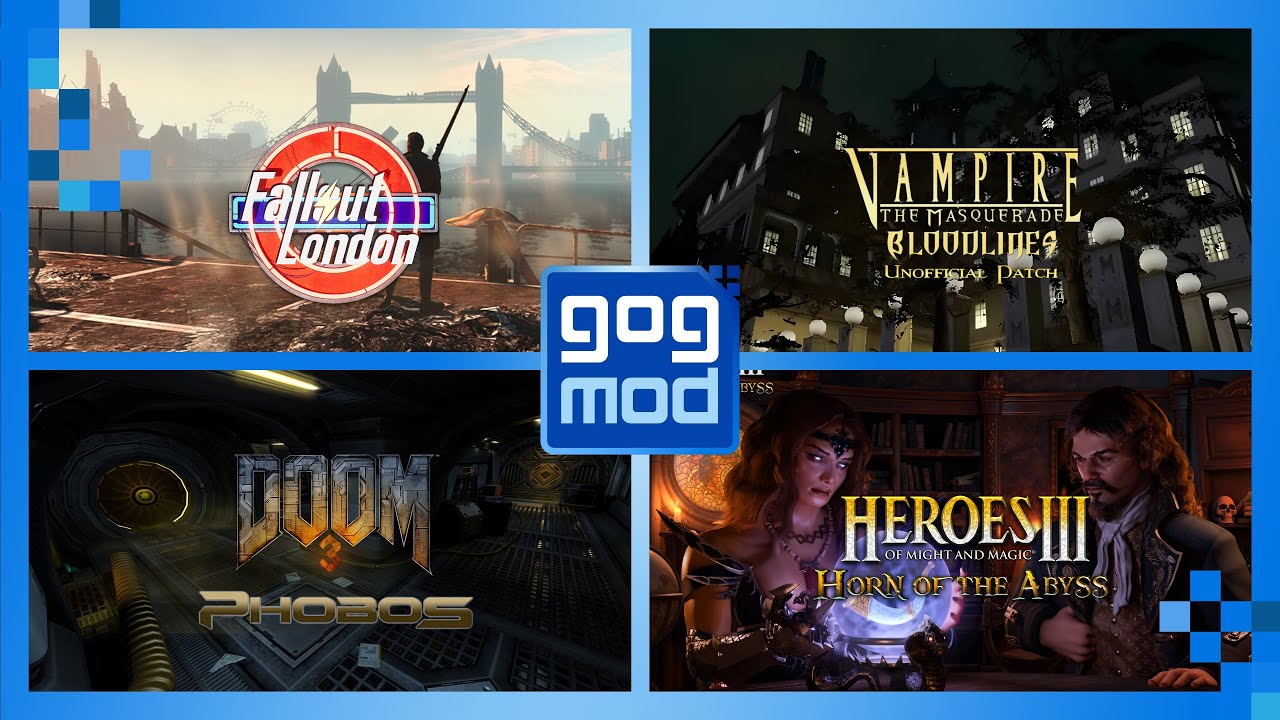


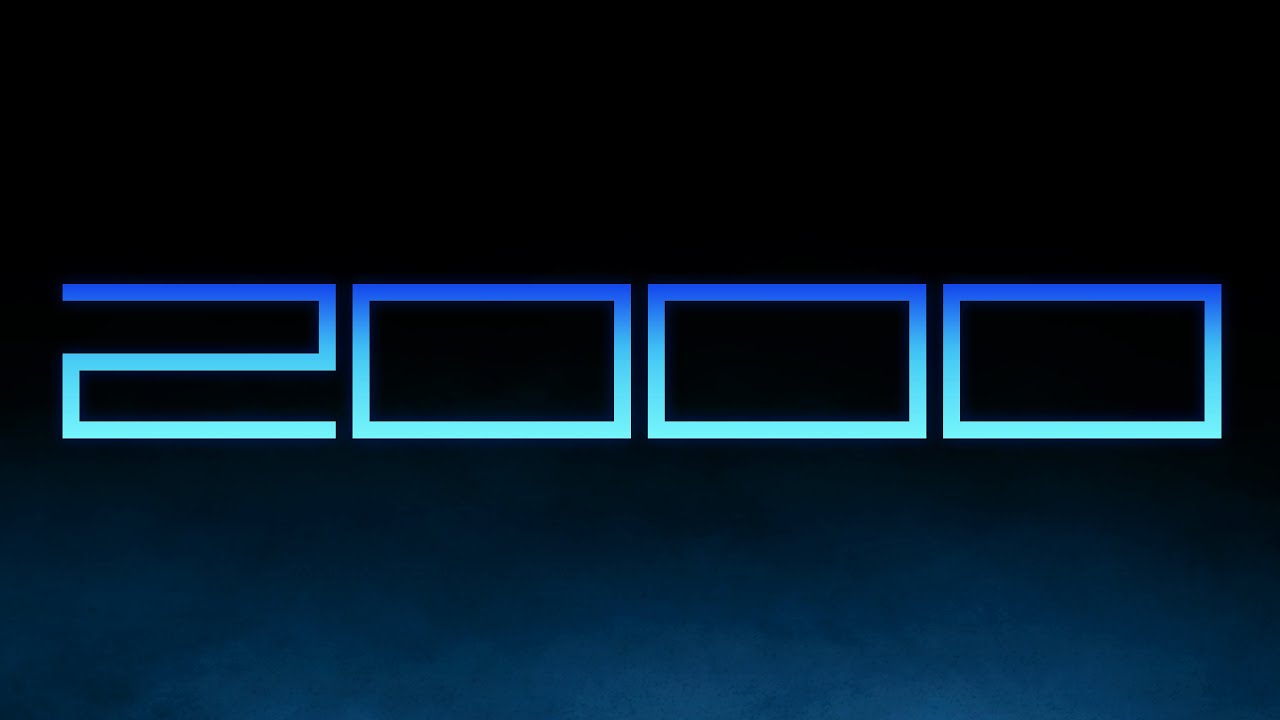


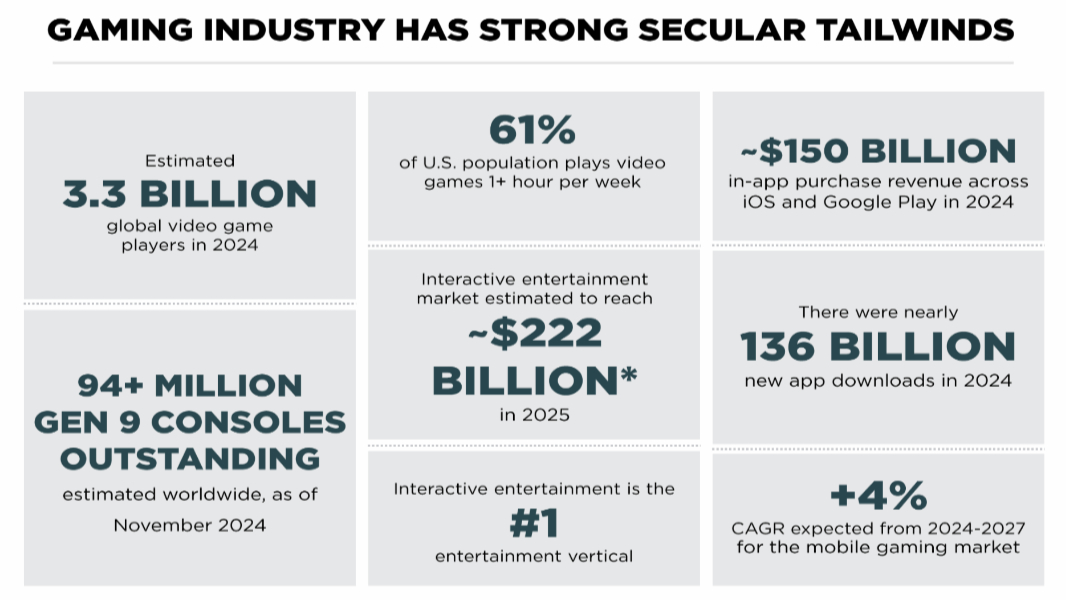
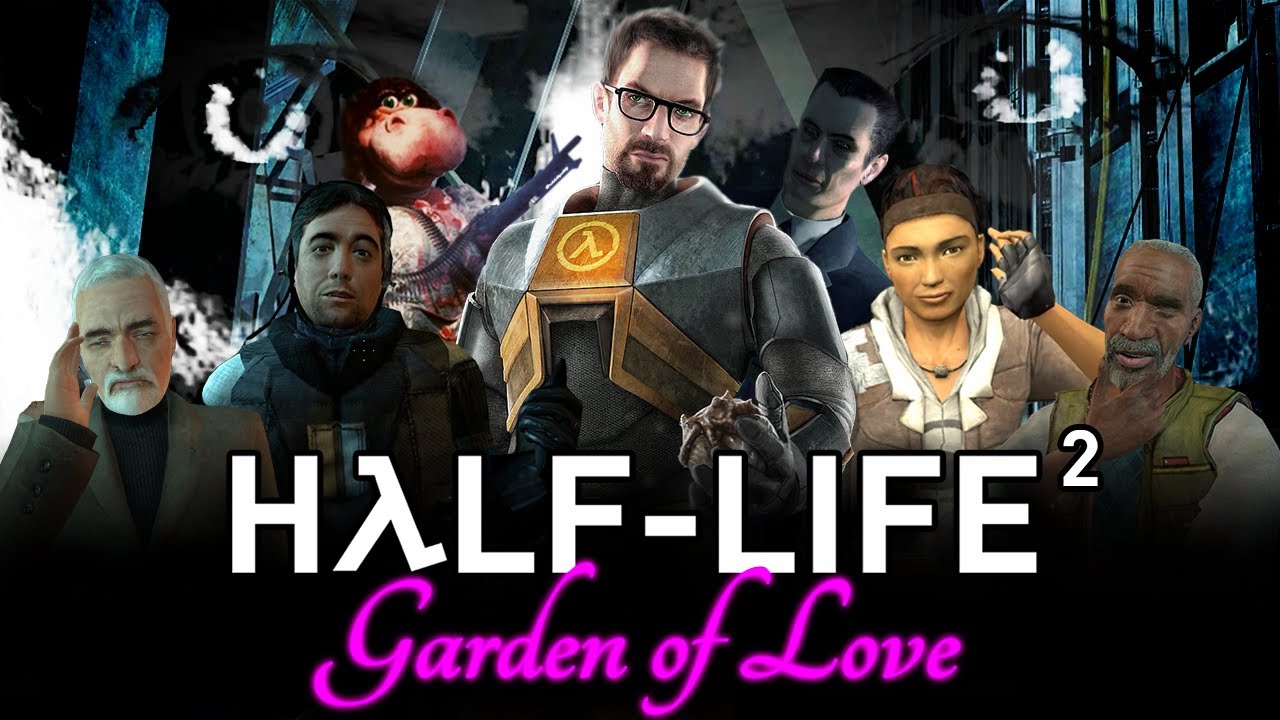


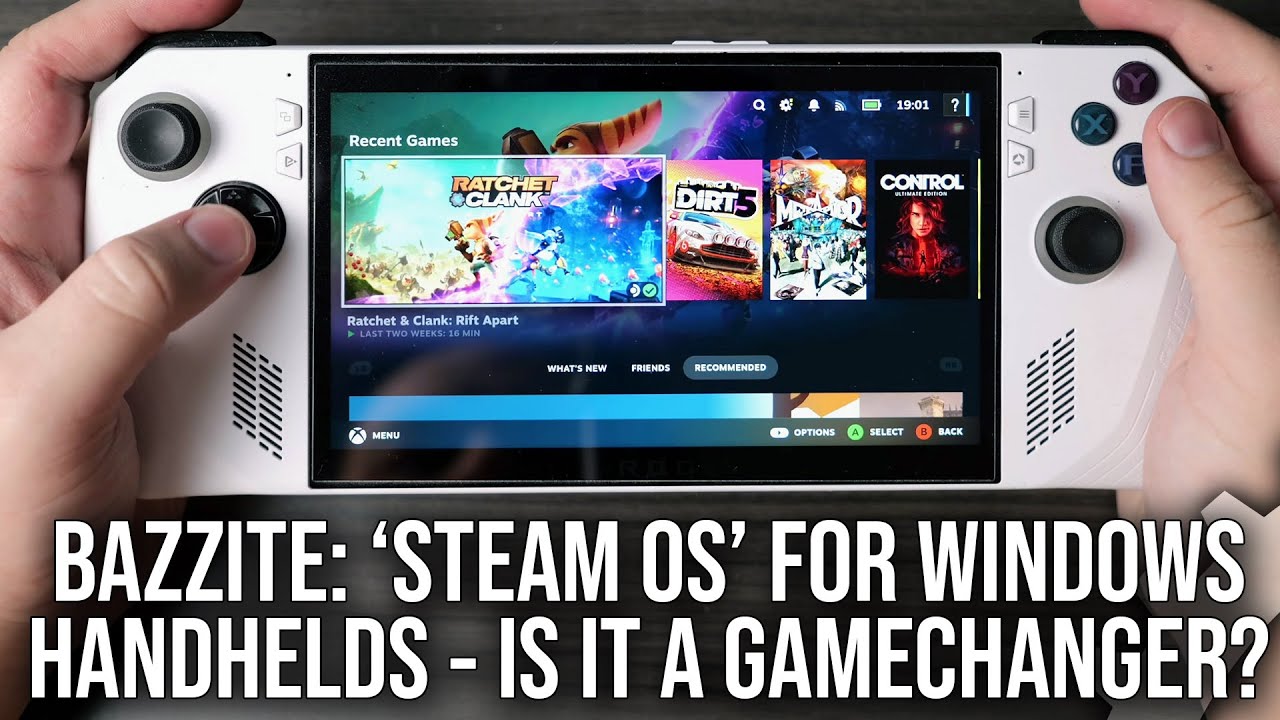
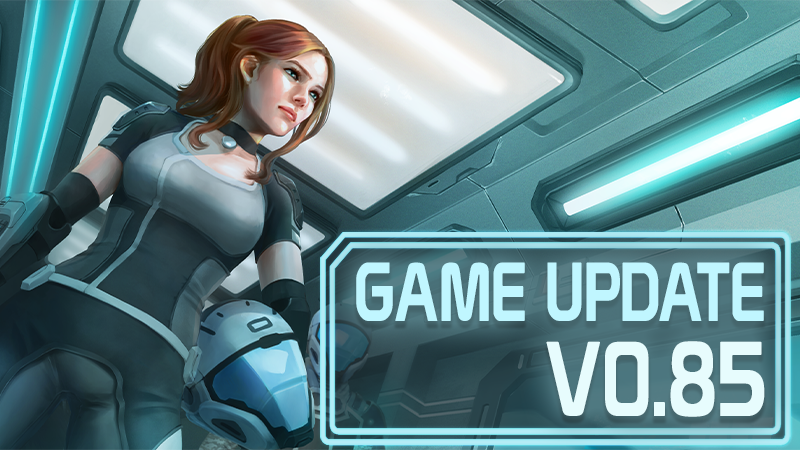

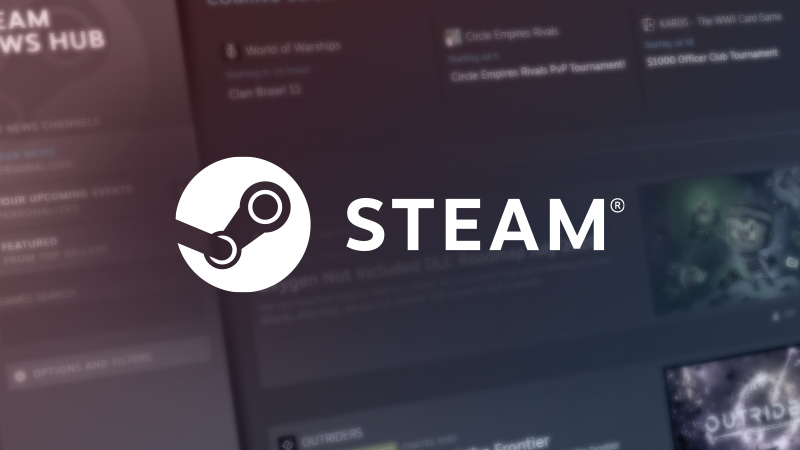
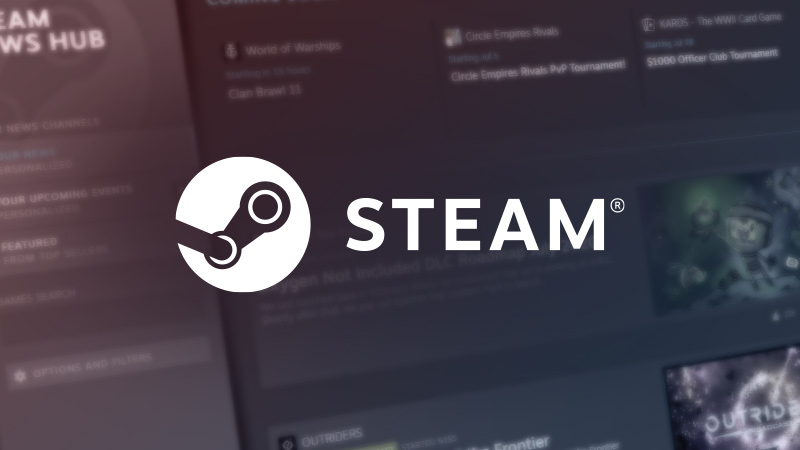
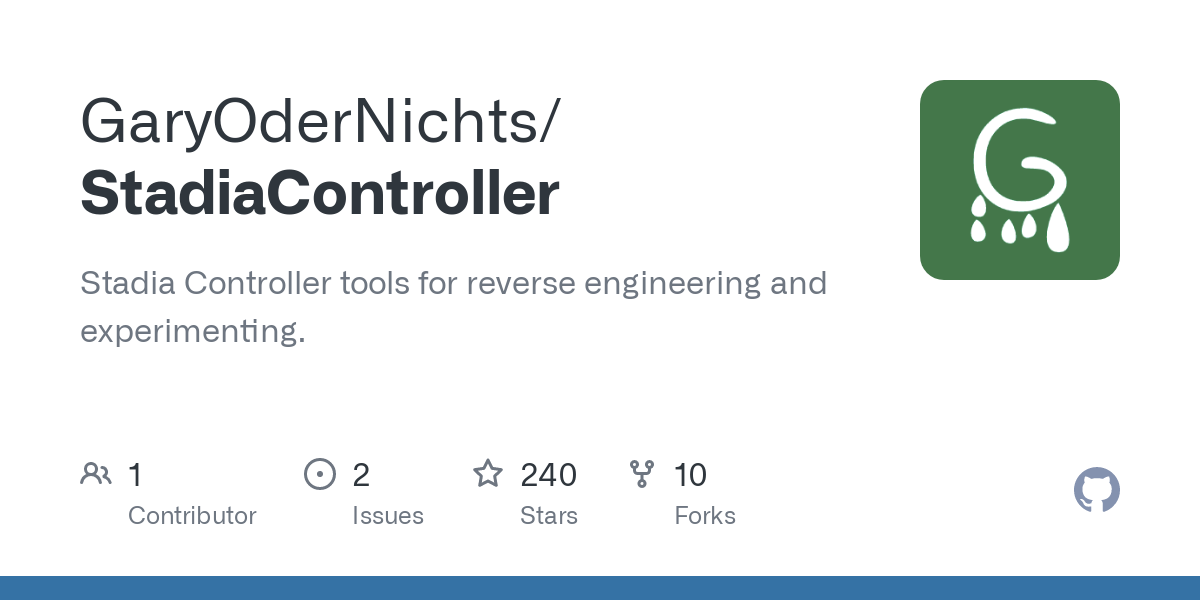









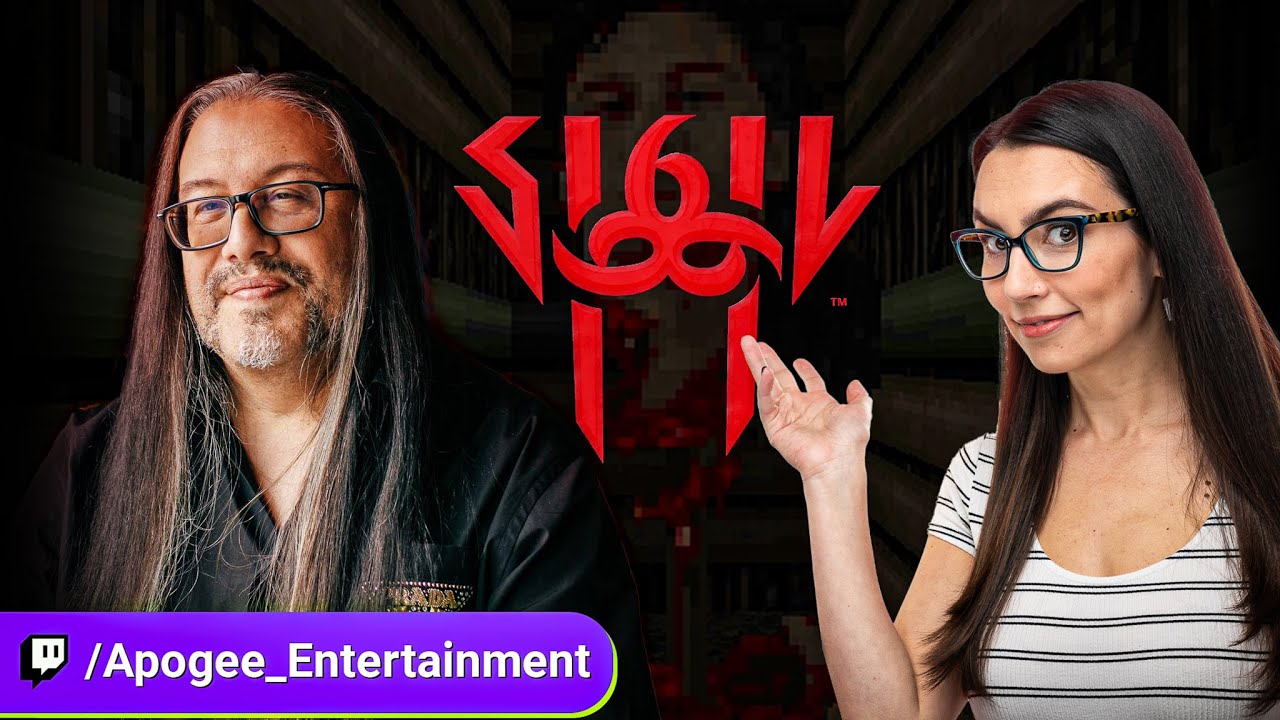
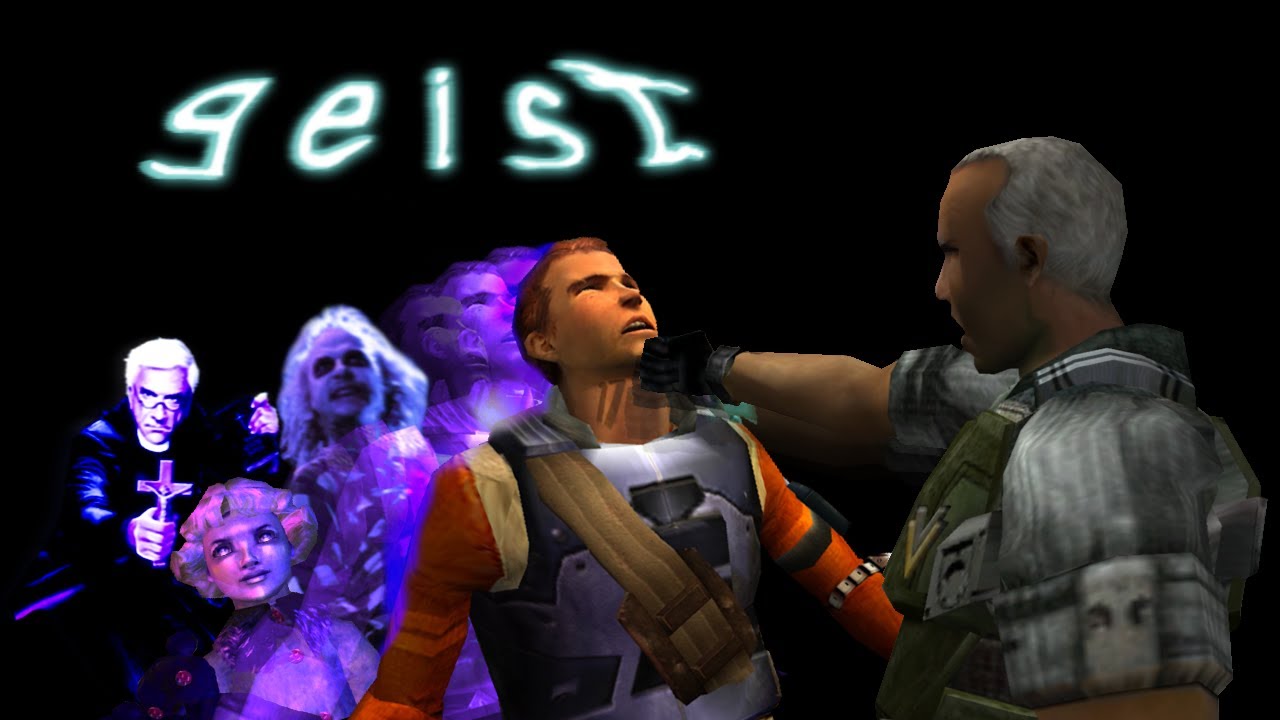


Obviously it’s only a fraction of the overall DRMed content out there but it exists, most notably for live sports that TV stations stream for free on their website but require paid subscriptions when using streaming apps.